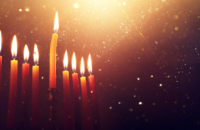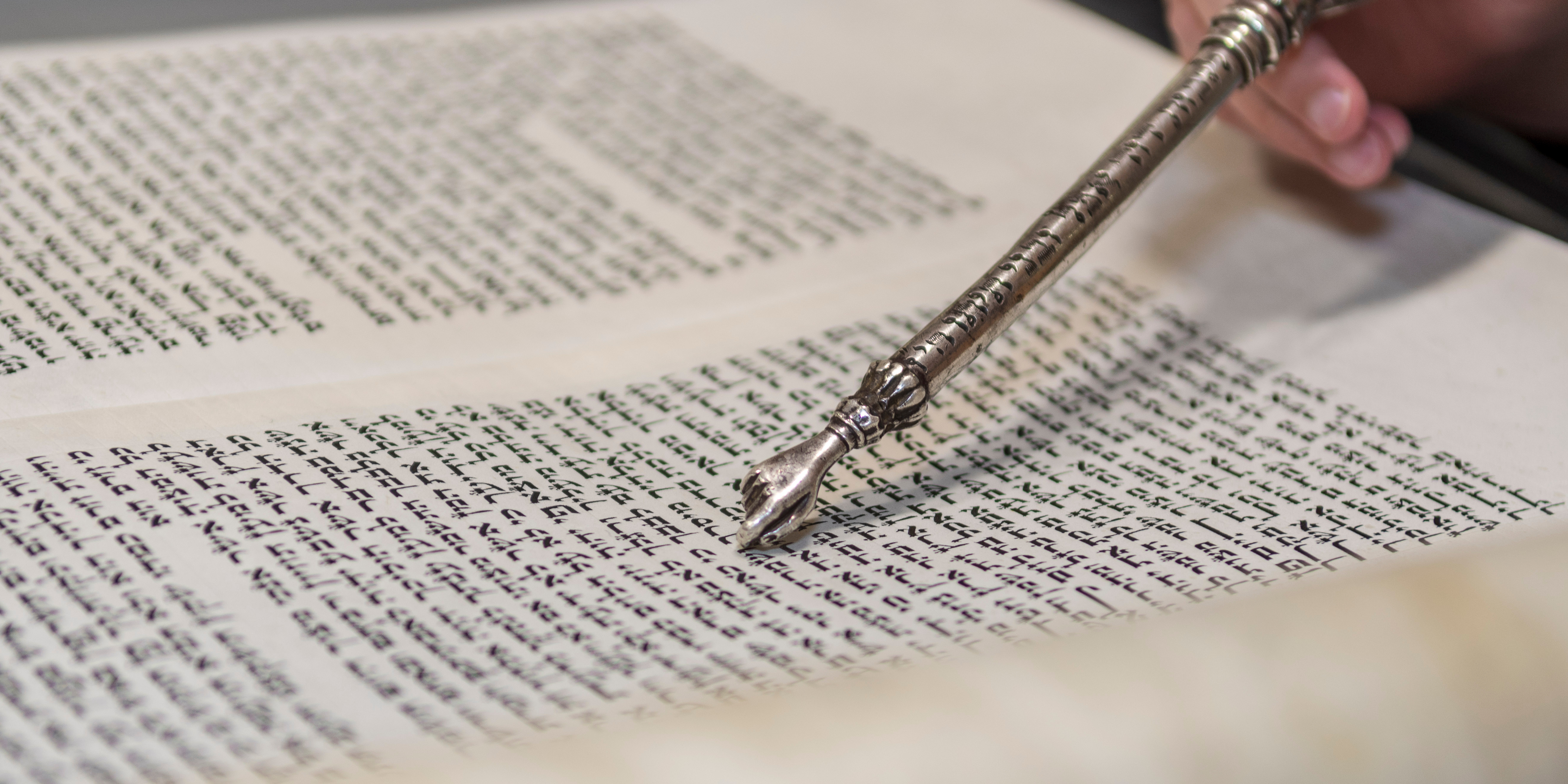Pesach – The After Party

Where do you go after the most massive high ever? That is the question confronting us at the end of Passover. A contemporary book by the Buddhist teacher Jack Kornfield captures this dilemma in its title. It’s called After the Ecstasy, the Laundry.
Passover is the festival of physical redemption, when our ancestors left a life of slavery and began to live as free people. The seder, at the start of the holiday, commemorates the miraculous events of the Exodus from Egypt. What, then, is the point of the rest of the festival?
The answer is, of course, that physical freedom is just the beginning of something, not the end. And of course that’s why we then progress to Shavuot and our receiving of the Torah, the key to our spiritual redemption.
But there’s more to look forward to. The Talmud in Tractate Rosh Hashana 11a suggests that just as the Exodus happened in the month of Nissan, so too, during this month, will the messianic redemption occur.
Appropriately then, our Haftorah portion for the 8th day of Pesach is the famous passage predicting the reign of an Israelite King and an idyllic age of peace in which “the wolf will lodge with the lamb, the leopard will lie down with the kid” (Isaiah 11:6).
There is a Hassidic tradition, which originated with the 18th-century founder of Hassidism, the Baal Shem Tov, to hold a Moshiach Seudah (Messiah Feast) on the 8th day of Pesach, as the festival is ending. Just as the seder at the start of Pesach celebrates the physical liberation, this mirror seder celebrates the (apparently imminent) spiritual redemption of the Messiah.
In an enormous book called 1001 Questions and Answers on Pesach, Rabbi Jeffrey L. Cohen (Vallentine Mitchell 2008) mentions several other customs for the end of Pesach.
Syrian Jews apparently used to stay up all night to study, much like during the Tikkun Leyl Shavuot – the night of Torah study we observe on Shavuot, commemorating our receiving of the Torah.
Traditionally, the day following each of the Pilgrim Festivals (Passover, Shavuot and Sukkot) is known as isru chag, a phrase derived from Psalm 118:27. This was the day when pilgrims would have started their journeys back home from Jerusalem. It was considered a semi-holiday, a time to come down gently from the festivities, by continuing to eat nice food and wear festive clothes.
Maimouna, the day after Pesach, is probably the most well-known of the isru chag traditions. It originated with the Jews of North Africa, and these days Israelis honour it by making barbecues. There are various explanations for the meaning and origin of the holiday. A messianic hint can be glimpsed in the etymological explanation that sees the phrase as a corruption of “ma’amin ana” – “I believe”. This is a consolatory greeting suggesting that although the Messiah has not, as anticipated, actually arrived this Pesach, we remain hopeful.
I like the idea of isru chag. An after-party, where the taste still lingers and we don’t have to come down and do the laundry just yet….
Rabbi Zahavit Shalev is rabbi at New North London Synagogue and New Essex Masorti Synagogue.



